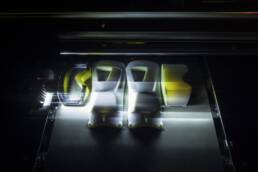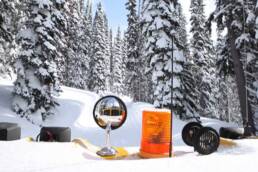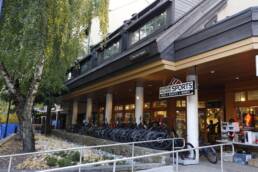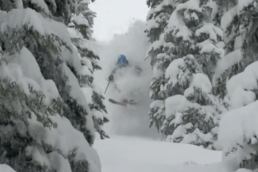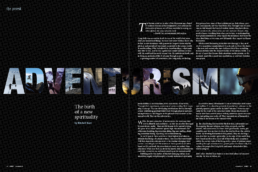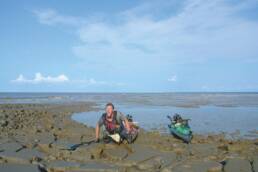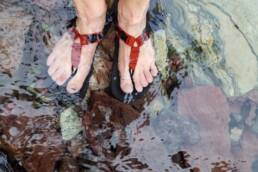From lab to cash till, summit to toe, 3D printing is gonna change what adventurers wear and where they buy it. By Ryan Stuart.
The best part of online shopping is being able to buy anything you want, without having to get dressed. The worst part of online shopping is gambling on getting the right fit. That worry is almost behind us, and the future starts with 3D printing.
Sometimes called additive manufacturing, 3D printing takes computer-generated designs and prints them into three dimensions, mostly using powdered metals and plastics. The printers have been around since the 1980s, but only came into common use around 2012. Today, just about every company that makes physical products uses 3D printing in the design and prototype phase.
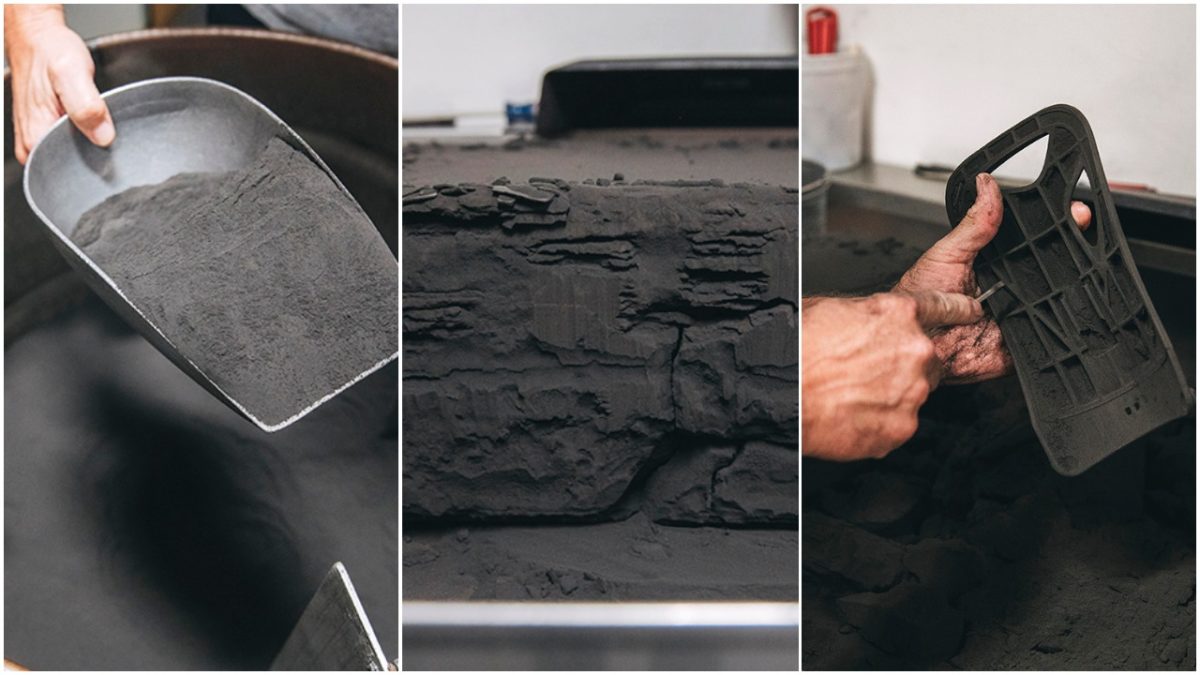
Snowboard and outerwear company Burton began using 3D printing in 1995 and bought its first in-house printer in 2003. “What it does for Burton is allow us to try so many more ideas in R&D…before having to settle on the one we take to production,” says Chris Doyle, a company designer.
Brands will either have their own printer, or contract the work to 3D-printing specialists, like ForgeLab in Vancouver, British Columbia. It has prototyped everything from indoor rock climbing holds to wearable technology to a scale model of Mount Robson for the likes of Lululemon, Arc’Teryx and the Discovery Channel. “Right now 3D printing is mostly about making less expensive mistakes,” says Patrick Wirt, production manager at ForgeLabs. “We’ll get to a point where it plays a big roll in manufacturing, but that’s a few years away.” He says 3D printing is still too expensive and slow for mass-market production and only makes sense for making small numbers, unique shapes or customized products. The latter is what Superfeet has in mind. The Ferndale, Washington company is on the frontline of using 3D printing to personalize what we wear.
This spring, Superfeet opened a new factory in nearby Bellingham, equipped with HP 3D printers and a 30-station autonomous footwear-making machine. The facility works in partnership with a scanner at retail stores called FitStation, which creates a 3D image of the foot at rest and in motion. The stores upload the info, along with the customer’s shoe preferences, to the factory, where footbeds, sandals and, in a partnership with Brooks Sports, entire running shoes will be printed and custom-made. “It’s something we’ve wanted to do for a while, but the quality is only now at a level that meets our demands,” says Amy Olive, Superfeet’s marketing manager. “Soon we’ll have scans of our whole body stored online. You’ll be able to virtually try on clothing and footwear to see how it fits before buying it. FitStation is just the beginning.”
Related Stories
Selkirk Wilderness Skiing Sees A Changing of the Guard
Rumour has it that the originators of catskiing, Selkirk Wilderness Skiing, has been sold. We don't have much…
Evo Buys 5 Whistler Village Sports Stores
Action sports retailer evo has announced the completion of its purchase of Whistler Village Sports Ltd. Evo, the action…
Powderwhore’s “Choose Your Adventure” Trailer
Despite the underwhelming winter of 2011-12, in which snowfall reached near record lows and unstable avalanche…
Kayaking Adventure: From The Amazon to Florida
Two Victoria, British Columbia, brothers tackle a continent-to-continent kayaking adventure, from the amazon to the…
Honest Review: Bedrock Cairn Adventure Sandal
They say it's good to walk a mile in a stranger's shoes every now and then. So we asked our stateside editor Clare…


